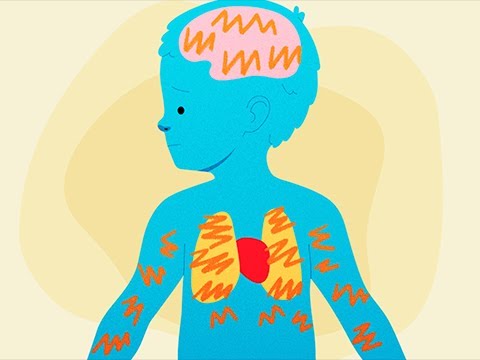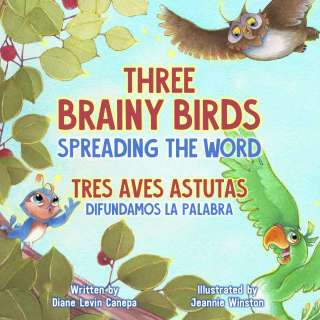Fevers, colds, and the flu are common illnesses for children from birth through age five. Learn the signs, symptoms, and what to do.

When your children get sick, you want to do whatever you can to make them feel better. No matter the symptoms, it is always best to contact a nurse hotline or your child’s pediatrician if you have concerns about your child’s health.
A fever is usually a sign that the body is fighting against infection. Most fevers are caused by viral infections. While the typical fever last for two or three days, it may take longer for your child to recover from the illness. Touch your child's forehead. If you think he feels warmer than normal, you're probably right. You should confirm your suspicions and take your child’s temperature using a thermometer. This can help you determine if you need to call a doctor. The normal temperature for most children is around 98.6 degrees Fahrenheit (F). You should call your child’s doctor if:
Your baby is younger than two months and has a fever of 100.2 degrees F.
Your baby is between two and six months and has a fever of 101 degrees F.
Your baby is between six months and two years and has a fever of 103 degrees F.
Your child is 2 years old or older and has a fever of 103 degrees F and has any of the following symptoms.
Signs and Symptoms:
Child’s face may be red and skin is hot.
Child may have the chills.
Eyes may be glassy.
Breathing and heart rate may be fast.
Child is fussy or hard to console.
Child is not eating or drinking.
Child unusually tired.
Child is vomiting or has diarrhea.
What You Can Do:
Give your child extra fluids, like popsicles or cool drinks.
Dress your child lightly, not in layers.
Make sure your child’s room is not too warm. Turn down the heat or use a fan if it’s hot.
Sponge your child with a washcloth for 10-15 minutes in three inches of lukewarm water. Stop the sponge bath if your child starts to shiver.
Talk to your child’s doctor about when to give fever reducers, such as acetaminophen or ibuprofen, and ask about the right dose for your child’s age and weight. Do not give aspirin to a child. It can make a child very sick.
For more information about the dangers of giving aspirin to children, click here.
Children can get between six and eight colds a year. Unfortunately, there’s no specific medicine to cure a cold (or the flu). Your child will get better with time, rest, and plenty of liquids. To help stop the spread of a cold or the flu, teach the whole family to wash their hands often, and use clean tissues to cover coughs and sneezes.
Signs and Symptoms:
Red, runny, or stuffy nose.
Sneezing, coughing.
Watery eyes.
Child doesn’t want to eat or has trouble drinking from a bottle or breast.
Fever and chills.
What You Can Do:
Have your child gets lots of rest.
Give your child liquids to drink every hour.
Raise your child’s head while sleeping by placing a crib wedge or towel under the end of the mattress.
Use a soft rubber suction bulb to clear your baby’s stuffy nose.
Talk to your child’s doctor about when to give fever reducers, such as acetaminophen or ibuprofen, and the right dose for your child’s age and weight. Do not give aspirin to a child. It can make a child very sick.
For more information about the dangers of giving aspirin to children, click here. For a whole guide on what to do when your child gets sick, check out the Kit for New Parents and the resources within it.
The flu can be a serious, even life-threatening, illness – especially for pregnant women and young children. Seasonal flu vaccines are the best way for you and your child to protect yourselves. Ask your pediatrician or local pharmacist about flu vaccines.






